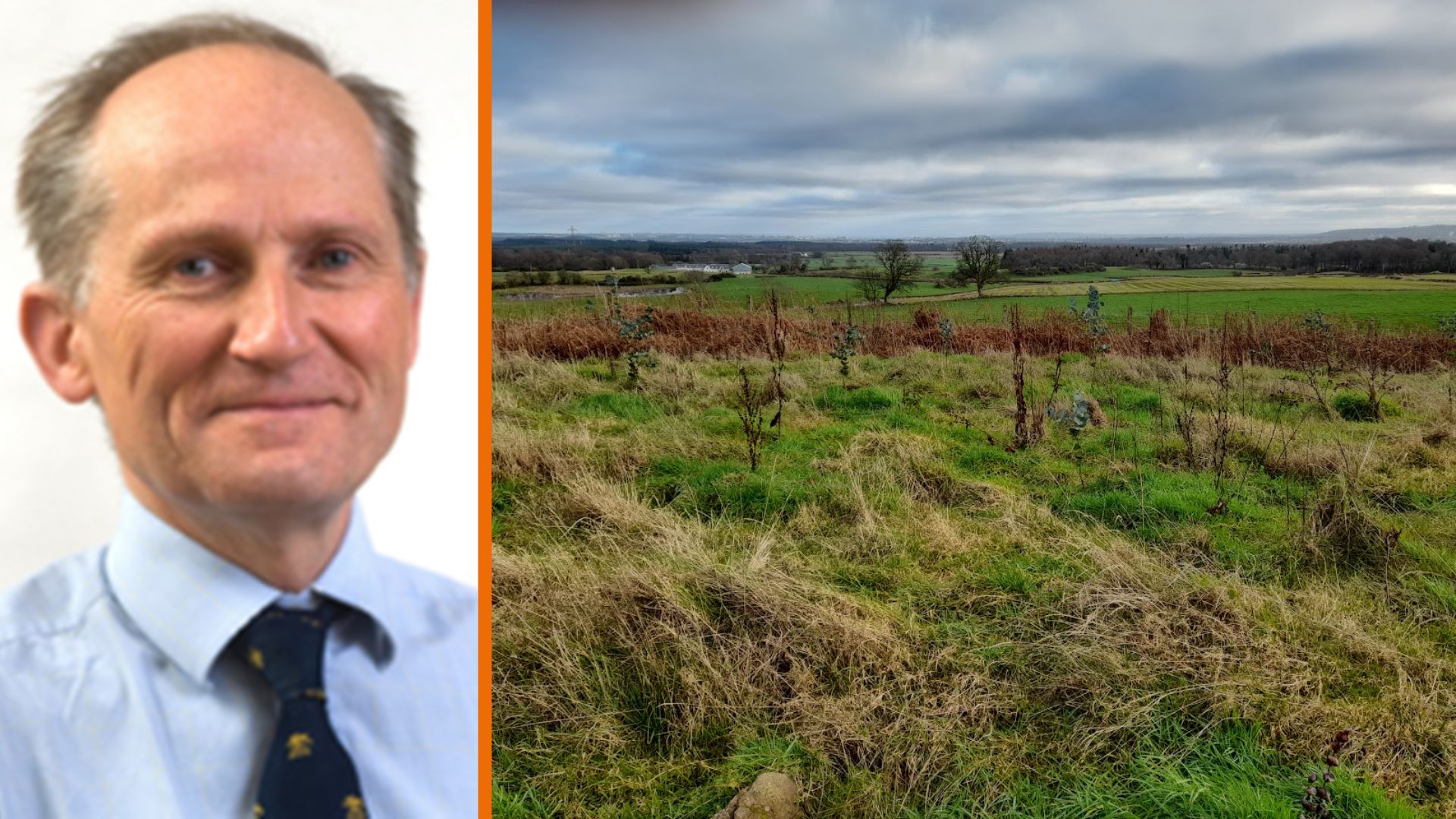At its most extreme, this is presented as a binary choice between intensive agriculture and re-wilding – food vs nature. The protagonists seem to set out their positions and disregard the alternative view. We have learned that some forms of modern agriculture are damaging to the environment, but we know also that rewilding in its purest form leaves little room for food or timber production. The suggestion is, we cannot achieve both objectives on the same area of land.
Is it possible to have both? Do we divide land into food production and environment – or should we farm in a more environmentally sensitive way, leaving room for wildlife while producing plenty of high quality food?
The beaver, now reintroduced to many parts of the UK, is often cited as a landscape engineer with few parallels. But in a landscape re-engineered by beavers, there is little room for other land use, such as timber or food production.
Beavers do not sit easily alongside multiple land uses, but nor does intensive agriculture, which leaves less room for wildlife.
The true cost of food produced from intensive agriculture is distorted because environmental damage is not costed. As an example, ploughing and cultivating in autumn might produce a high-yielding, low-cost arable crop the following summer, but the loss of soil from erosion before the crop is fully established is a cost that will not appear in the farm’s profit and loss account. You could say it is reflected in the National Balance Sheet, but historically the cost has been hidden.
Regenerative farming presents a way to address these imbalances. Perhaps the rush to plant trees, not always in the right place, to sequester carbon would be less in vogue if it were recognised that food-producing farmers can sequester carbon in their soils.
Perhaps the water industry would have attracted less criticism if the environmental cost of sewage in our rivers and beach waters had been costed, and the consumer given a choice – higher bills or dirty rivers.
Can we have Scottish farmed salmon and wild salmon? The BBC’s Wild Isles programme suggested that the wild Atlantic salmon might be extinct in the next 20 years, but made no reference to the West Coast salmon farm industry being one of the principal threats.
So what do we want, beavers or food; wild salmon or farmed salmon? Surely we need both. The mass production of cheap food is not much good to mankind if it destroys the planet. But nor is a rewilded landscape full of beavers if we starve.
By adapting their farming practices to conserve soils, maintaining a healthy insect population and helping keep our rivers clean, farmers are in a position to produce food AND make room for wildlife. They should be appreciated and encouraged.
We need less criticism and to be inclusive. Above all, we need a balanced debate, not a polarised one.
Natural Capital: Galbraith’s expert advisers guide our clients in realising value in all land uses – by assessing and measuring natural assets, furthering opportunities in biodiversity net gain, and ensuring stakeholders are rewarded fully for their investment in and contribution to delivering ecosystem services and net-zero outcomes.
